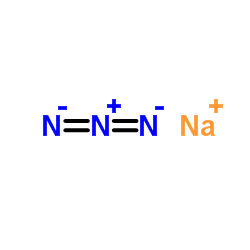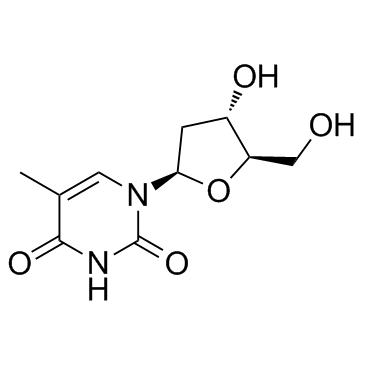| 结构式 | 名称/CAS号 | 全部文献 |
|---|---|---|
 |
叠氮化钠
CAS:26628-22-8 |
|
 |
beta-胸苷
CAS:50-89-5 |
|
 |
T-细胞生长因子
CAS:94218-72-1 |
|
![N-[1-(2,3-二油酰氧基)丙基]-N,N,N-三甲基铵甲基-硫酸盐 结构式](https://image.chemsrc.com/caspic/484/144189-73-1.png) |
N-[1-(2,3-二油酰氧基)丙基]-N,N,N-三甲基铵甲基-硫酸盐
CAS:144189-73-1 |